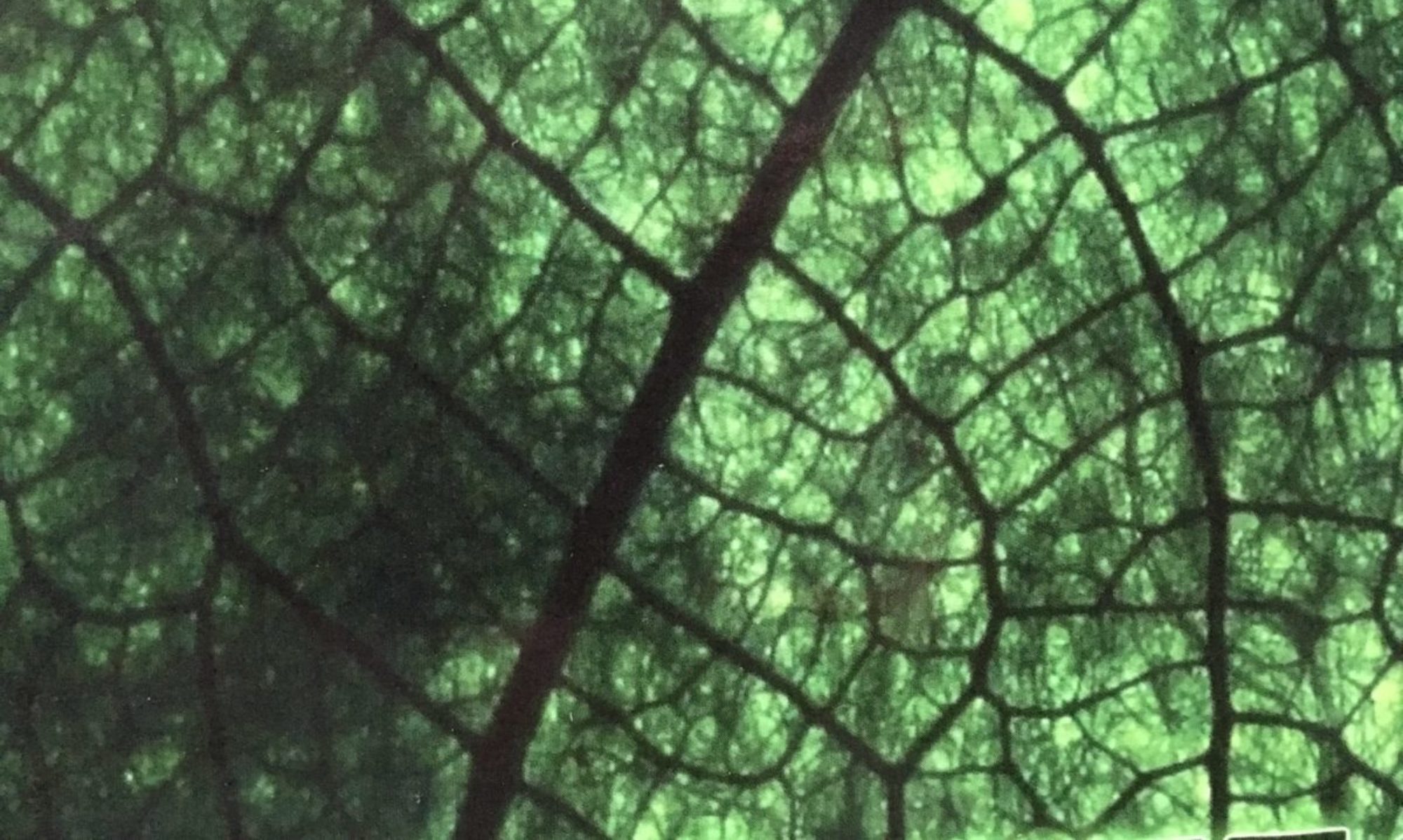
When talking about invasive species, I often put “invasive” in quotes because really, the biggest invasive species is humans. We just can’t seem to keep our mitts off any corner of the earth, land, sea, or air.
Many environmentalists view the removal of “invasive” species as an essential task to restore “native” landscapes. (And I’m not going to argue with those folks, because their viewpoint is very tenaciously rooted.)
My viewpoint is that an attempt to eradicate this or that plant or animal is a fool’s errand. Even if we could succeed at it (which we never will), eradication is extremely energy-expensive, not only in terms of fossil fuels but in terms of sheer human energy that could better be spent elsewhere.
You might be able to think of examples from your own life — not only from your house and garden but also in the social/professional arena.
One of the principles of permaculture design is “Obtain a yield.” Simply setting out to “get rid of” something is expensive, exhausting, and bad for the ecosystem.
Interesting story: One of the most vilified “invasive” species in my home region is the Brazilian pepper tree. There are huge campaigns to eradicate it. But my friends, backyard beekeepers who sell their honey at the farmer’s market and happen to have a Brazilian pepper tree growing in their yard, told me the other day that they have found that there is special demand for Brazilian pepper honey. Apparently it has a special zip to the taste! It’s a niche market for them.
I have also read that the pepper has medicinal uses. And one Brazilian pepper tree I heard about recently, had been home to several nests of cardinals before the tree was ripped out by well-meaning humans trying to clear the landscape of “invasive” species.
Other potential uses abound. Pretty much any plant should be able to be harvested and made into bio-plastic, bio-fuel (methanol), and other useful products. Even more simple and low-footprint, any plant could be “chopped and dropped” to make berms and gabions for water filtration, erosion control, stormwater management, and other essential functions.
A permaculture colleague (Koreen Brennan of GrowPermaculture) recently commented in a Facebook thread on invasives:
“Cogon grass, a super invasive that needs multiple application of Roundup to kill it, is rare and hard to find in Vietnam because it is used for all sorts of household uses.
“Every invasive species has usually at least a dozen economically viable uses. Water hycinth has at least 20 different economic uses. We could be harvesting them instead of poisoning them (and the ecosystems they’re in).
“Handling invasives could make money for the state instead of costing money. This might take some initiative and thoughtfulness to work out, but it is far from impossible and a much superior handling.”
If you share my aversion to the eradication mentality and would like to hear from an expert who favors a more measured approach to how we view “invasives,” I highly recommend the book Beyond the War on Invasive Species: A Permaculture Approach to Ecosystem Restoration, by Tao Orion. (Ms. Orion does support limited use of herbicides, which I don’t agree with. I think we should be absolutely dogged about harvesting and obtaining a yield, or else just leaving that corner of nature alone and watching her come up with a better way than we humans could imagine. Still, I do recommend Ms. Orion’s book as a life-saving antidote to the eradication mentality.)
Also check out this interview with Tao Orion by Shay Totten of Chelsea Green publishers, on the Organic Consumers Association website.
And for the artists and art lovers, check out this artist, Matt Tommey, who weaves gorgeous baskets from kudzu (a plant that is reviled as invasive in the USA, but is utilized as a dietary starch in Asia). The photo at the top of this post shows me having fun with some yard clippings from my neighborhood.
Update: Here is a treat I just found. Opinion piece on naturalizing our yards asks the question “Is St. Augustine Turf Grass an Invasive Pest Plant?”
Update 12/15/2020: Someone in the Permaculture group just posted about a book called The New Wild: Why Invasive Species Will Be Nature’s Salvation, by Fred Pearce. Looks like an interesting read.
On the other hand, over the past few months I’ve been reading and listening to Doug Tallamy, and the case against deliberately landscaping with exotics is very strong. Birds and pollinators need native plants in order to survive, and we humans would quickly die off without birds and pollinators. Here are some of my favorite Doug Tallamy resources. Homegrown National Park (our own backyards are a “final frontier” for preserving biodiversity). I found his book Nature’s Best Hope: A New Approach To Conservation That Starts in Your Yard eye-opening. He’s written other books as well. And check out this article about him in Smithsonian mag, Meet the Ecologist Who Wants You To Unleash the Wild On Your Backyard.
“‘Every Plant and Animal is Useful To Us’: Indigenous Professor Re-Thinking How We Deal with Invasive Species” (CBC Radio). “When invasive species show up, Western science tells us they should be dealt with. But Nicholas Reo wonders whether we should instead ask why they’re here in the first place. Reo, an assistant professor of Native American and environmental studies at Dartmouth College, alongside anthropologist Laura Ogden, is researching how invasive species mitigation could be approached differently.”
